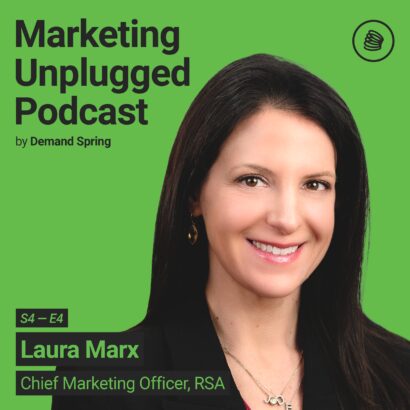Do you ever have a feeling nobody really cares about what your company does or how you do it? To the masses, this might be closer to the truth.
But to the people you are building a solution or solving a problem for, it’s not as true. These are your people. They are your audience. And your audience wants to know more about who you are, what you do, and most important, WHY you do it.
This last part, your ‘why’, correlates to your company story. Knowing your why helps paint the setting and context in which you tell your story. This makes it a bit easier to figure out the other elements: the plot, the characters, the conflict and the resolution.
No time for this kind of thinking, you say? Well, do me a favor, and keep reading for three more minutes.
Knowing your story influences a lot more than you think. Also, whether you think you have a story or not–you have one. If you’re not the one telling it, someone else is, and that’s a story you have no control over.
If the employees in your company all knew the same story, think about what kind of impact that would have. Think about the number of people all knowing what your company is about and consistently telling that story to their spheres of influence. Also think about the time you could save by not having to micro-manage or course correct marketing efforts.
At the heart of the matter, the power of telling your story is leveraged best through the way you market yourself.
Here are two approaches companies can use to inform their organizational marketing. One using no story; the other using your story as the base.
NO STORY APPROACH:
- Determine yearly objectives
- Objectives inform Campaigns
- Campaigns help to generate Tactics
- Create Marketing Messages based on defined tactics
- Measure Impact
OR
STORY APPROACH:
- Establish Your Story
- Story informs your Objectives
- Create Marketing Messages based on Objective
- Determine best way to Promote (Tactics)
- Measure Impact
To borrow from the ideas of design thinking, the first method is an example of converge thinking. This is taking wh
Converge Example: Financial Advisor App Company
Determine yearly objectives: Grow net new logos by 10%
Objectives inform Campaigns: Promote new feature of said app
Campaigns help to generate Tactics: Create email nurture program, paid search effort and blog posts highlighting feature
Create Marketing Messages based on defined tactics: Create feature driven assets for the proposed tactics
Measure Impact # of net new logos
The other choice is an example of diverge thinking. It has much more potential to empower your employees and resonate with your audience. This way of thinking doesn’t start with objectives. It starts with your story. This way of thinking takes a bit of training and a lot more trust.
Diverge Example: Financial Advisor App Company
Establish Your Story: Our story is about educating and informing the public on how to choose the best advisor for their needs
Story informs your Objectives: Increase subscriber base by 10%.
Create Marketing Messages based on story: Create marketing messages that address top 3 pain points when it comes to choosing an advisor
Determine best way to promote (tactics): Guest on Money Matters podcast, blog posts around specific pain points, submit by-line articles to targeted publications, advertise based on key words associated with top pain points
Measure Impact: Percentage of growth via new subscribers
Not only does aligning your marketing efforts with your story create the opportunity for a bigger marketing impact, but it also empowers your marketing team to own their piece of the story and get more creative on how to tell it.
Empowered employees are more productive employees.
Hopefully by now, you see that this might be worth your time after all. Happy to keep this conversation going, please leave your comment below. Or if you’re ready to build your story, check out our one-day, on-site Storytelling Workshop.
More info on our Storytelling Workshop
Learn More






